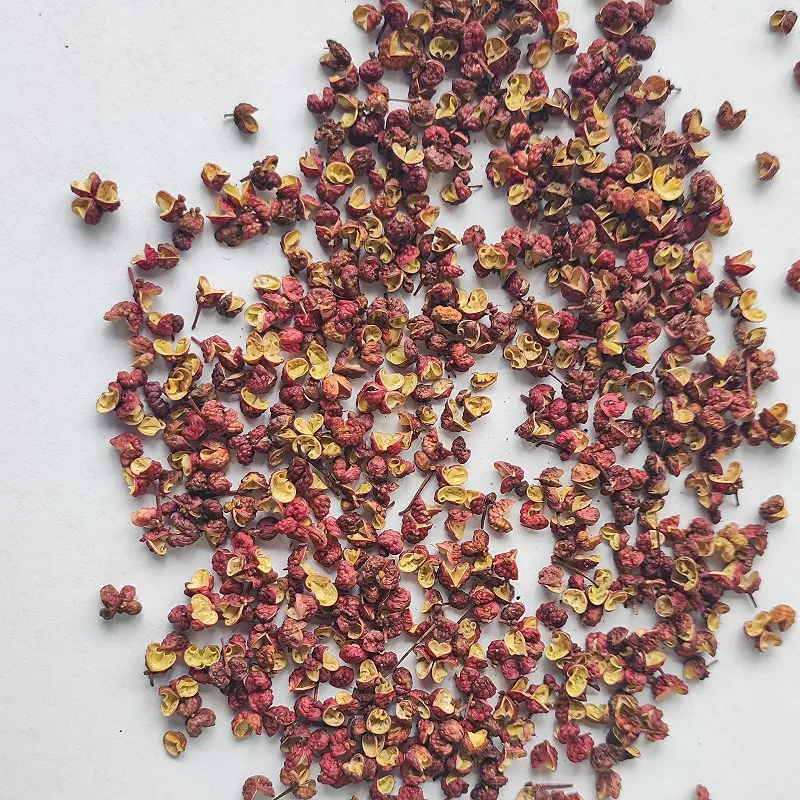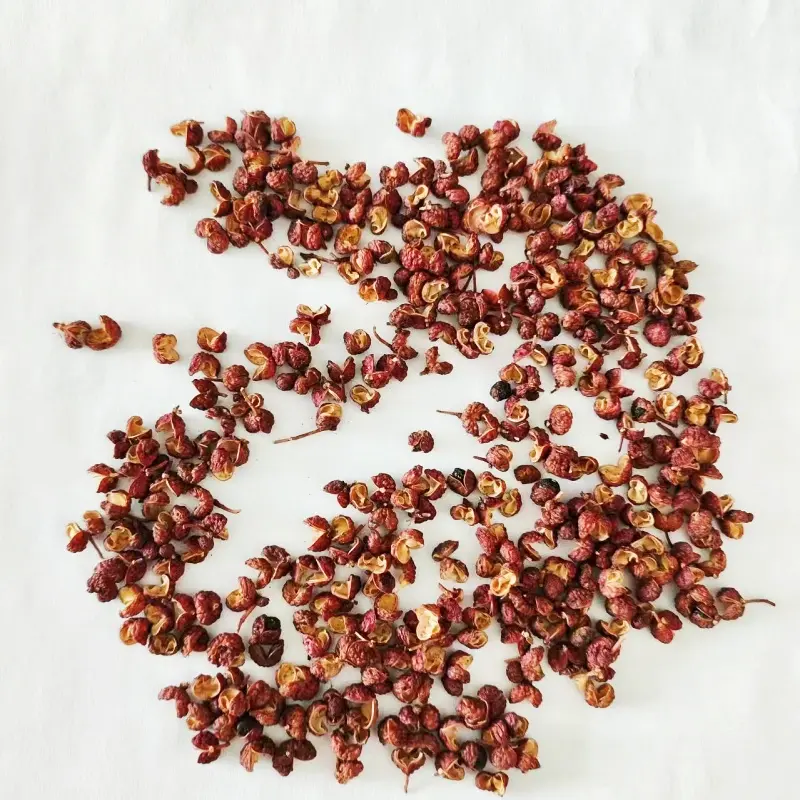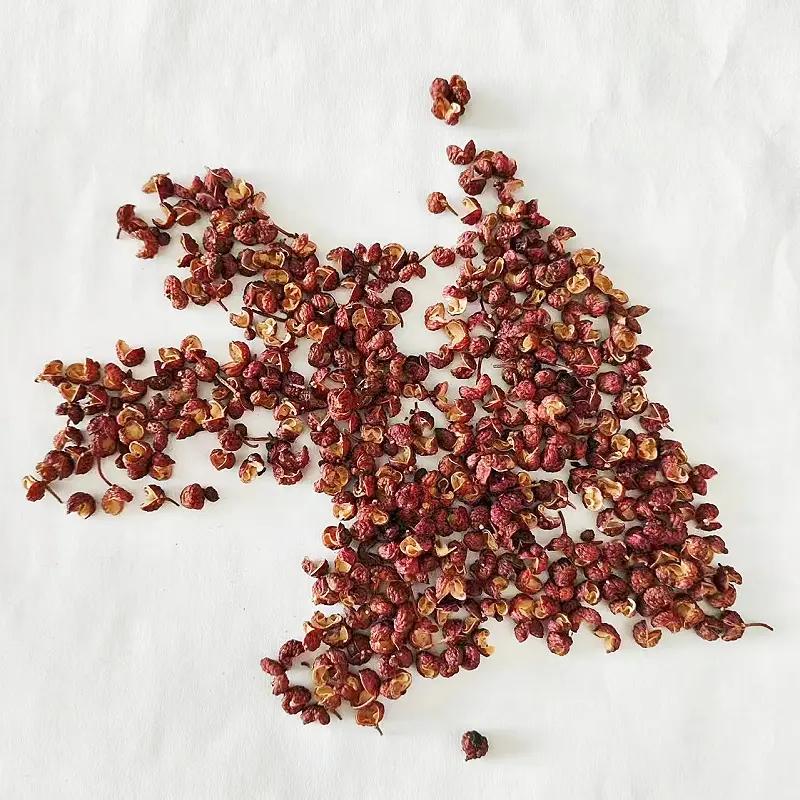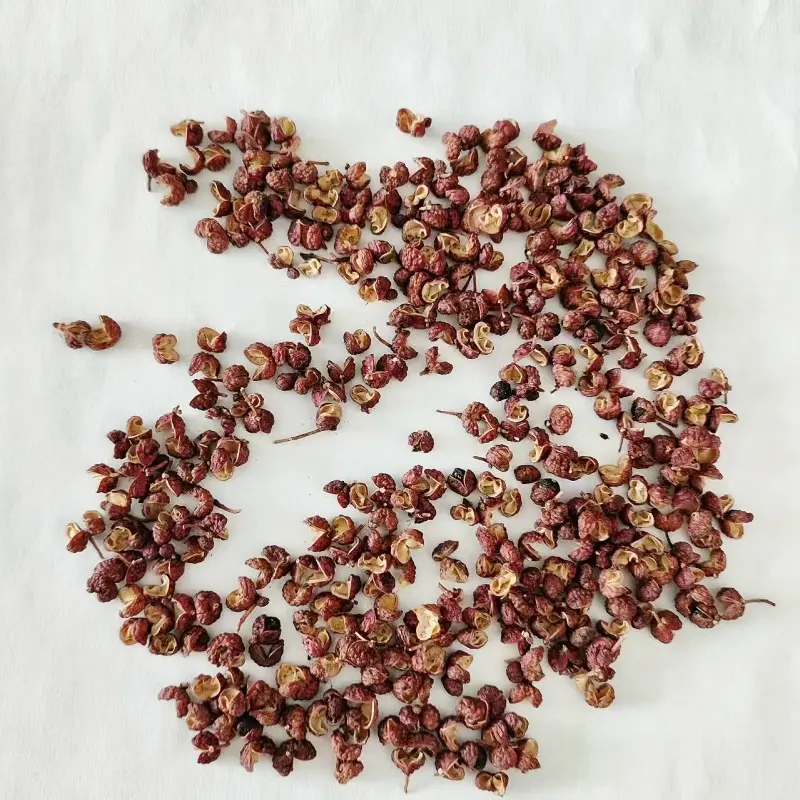Introduction
Spices are the backbone of global cuisines, shaping taste, culture, and even medicine. Among the many aromatic seeds and pods that enrich dishes, Tsaoko (Amomum tsao-ko) and Black Cardamom (Amomum subulatum) are two often-confused spices. While both belong to the ginger family (Zingiberaceae) and share certain sensory traits, they differ significantly in origin, aroma, chemical composition, and culinary applications. Understanding the difference between tsaoko vs black cardamom is essential for chefs, spice traders, and health enthusiasts alike.
This article will analyze the similarities and differences between tsaoko and black cardamom, supported by scientific research, market data, and culinary insights. We will also highlight how Weifang Manna Foods Co., Ltd. provides premium-quality tsaoko for global buyers, ensuring both authenticity and safety.
What is Tsaoko?
Tsaoko (Amomum tsao-ko), also called Cao Guo in Chinese, is a large brown pod spice mainly cultivated in Yunnan and Guangxi provinces of China. Known for its strong, slightly smoky aroma and bitter aftertaste, tsaoko has long been used in Chinese cuisine and Traditional Chinese Medicine (TCM).
Culinary Use: A key ingredient in Sichuan hot pot, braised meats, and Chinese five-spice powder.
Medicinal Use: Used to aid digestion, treat malaria in ancient times, and improve circulation.
Appearance: Larger, rounder pods than black cardamom, often with deep ridges.
What is Black Cardamom?
Black cardamom (Amomum subulatum), also known as Bengal cardamom or Nepal cardamom, is widely cultivated in Nepal, Bhutan, India, and parts of Southeast Asia. It differs from tsaoko in its camphor-like aroma with resinous and earthy undertones.
Culinary Use: Popular in Indian curries, garam masala, and biryanis.
Medicinal Use: Used in Ayurveda for respiratory issues, detoxification, and appetite stimulation.
Appearance: Smaller, darker pods, typically dried over an open flame which gives them a smoky flavor.
Key Differences Between Tsaoko vs Black Cardamom
The following table provides a detailed comparison:
| Feature | Tsaoko (Amomum tsao-ko) | Black Cardamom (Amomum subulatum) |
|---|---|---|
| Origin | Yunnan, Guangxi (China) | Nepal, Bhutan, Northeast India |
| Size | Larger pods (3–5 cm) | Smaller pods (2–3 cm) |
| Color | Brown to reddish-brown | Dark brown to black |
| Flavor Profile | Bitter, smoky, slightly camphoraceous | Smoky, resinous, earthy, menthol-like |
| Aroma Strength | Strong, pungent | Mild, warm |
| Primary Uses | Chinese hot pot, braised meats, TCM | Indian curries, biryani, masala |
| Medicinal Role | Digestion, malaria treatment | Respiratory aid, detoxification |
| Global Market | Exported mainly from China | Exported mainly from India & Nepal |
Nutritional and Chemical Composition
Scientific studies show that both tsaoko and black cardamom contain volatile oils, flavonoids, and antioxidants, but with key differences in essential oil composition.
| Compound (Essential Oils) | Tsaoko (% of total oil) | Black Cardamom (% of total oil) |
|---|---|---|
| 1,8-Cineole (Eucalyptol) | 25–30% | 15–20% |
| α-Terpineol | 12–15% | 10–12% |
| Camphor | 10–12% | 6–8% |
| Limonene | 5–8% | 12–18% |
| Sabinene | 2–5% | 10–15% |
Tsaoko has higher 1,8-Cineole content, giving it a stronger, sharper aroma, ideal for medicinal uses.
Black Cardamom is richer in limonene and sabinene, contributing to its earthy, citrus-resinous flavor used in curries.
Global Market Trends of Tsaoko and Black Cardamom
The global spice market is growing rapidly, with rising demand for ethnic cuisines, natural remedies, and premium-quality spices.
Global Market Size Estimates (2024)
| Spice | Estimated Global Market Value (USD) | CAGR (2025–2030) |
|---|---|---|
| Tsaoko | $550 million | 6.8% |
| Black Cardamom | $1.1 billion | 5.9% |
Black cardamom has a larger market due to its widespread use in Indian cuisine, one of the fastest-growing food segments globally.
Tsaoko, while more niche, is gaining traction in high-end culinary applications and traditional medicine exports.
Culinary Applications: East vs South Asia
The difference between tsaoko vs black cardamom is most evident in the kitchen.
Tsaoko in Chinese Cuisine:
Used in Sichuan hot pot, stewed duck, and beef broth to reduce greasiness. Its bitter undertones balance fatty meats.Black Cardamom in Indian Cuisine:
Key spice in garam masala, biryanis, and curries. Its smoky aroma pairs well with lentils and meats.
| Region | Preferred Spice | Popular Dishes |
|---|---|---|
| China | Tsaoko | Sichuan hot pot, braised beef, herbal soups |
| India/Nepal | Black Cardamom | Garam masala, biryani, chicken curry |
| Middle East | Both | Spice blends, stews, and herbal teas |
Medicinal Benefits: TCM vs Ayurveda
Both spices are integral to traditional medicine systems.
Tsaoko in Traditional Chinese Medicine (TCM):
Used for treating indigestion, malaria, stomach pain, and as a warming herb to balance the body’s Qi.Black Cardamom in Ayurveda:
Believed to stimulate digestion, detoxify the body, and improve respiratory health.
| Medicinal Use | Tsaoko (Cao Guo) | Black Cardamom |
|---|---|---|
| Digestive Health | ✔ | ✔ |
| Anti-inflammatory | ✔ | ✔ |
| Antimicrobial | ✔ | ✔ |
| Malaria Treatment | ✔ (historically) | ✘ |
| Respiratory Support | Moderate | Strong |
Pricing and Trade Insights
Pricing of tsaoko vs black cardamom depends on origin, grade, and supply fluctuations.
| Spice | Average Export Price (2024) | Main Exporters |
|---|---|---|
| Tsaoko | $7.5 – $10 per kg | China (Yunnan, Guangxi) |
| Black Cardamom | $6 – $8 per kg | India, Nepal, Bhutan |
Tsaoko is generally more expensive due to limited production regions.
Black cardamom has a larger global supply, stabilizing its prices.
Why Sourcing Matters – The Role of Weifang Manna Foods Co., Ltd.
Choosing authentic tsaoko and black cardamom is crucial for flavor integrity and food safety. Many low-grade products suffer from adulteration, pesticide residues, or improper drying.
At Weifang Manna Foods Co., Ltd., we ensure:
Premium Quality: Our Amomum tsao-ko is handpicked from high-altitude Yunnan and Guangxi regions.
Safety Certifications: FDA, HACCP, and ISO-certified processing workshops.
Advanced Processing: Stainless steel drying equipment, vacuum packaging, and color sorting for purity.
Customization: Whole pods, powder form, or bulk packaging (MOQ: 500kg).
Global Supply Chain: Fast, reliable delivery to the USA, Europe, Middle East, and Asia.
By combining farm-direct sourcing with strict quality control, Manna Food positions itself as a trusted supplier of premium tsaoko and other spices.
Conclusion
While tsaoko and black cardamom belong to the same family, their flavors, origins, and applications set them apart.
Tsaoko is stronger, more pungent, and central to Chinese cuisine and TCM.
Black cardamom is smokier, milder, and widely used in Indian cuisine and Ayurveda.
Both have important roles in global spice trade, with increasing demand for authentic, pesticide-free, and sustainably sourced spices.
For buyers and chefs seeking authentic tsaoko, Weifang Manna Foods Co., Ltd. provides premium-grade, certified, and customizable spice solutions that guarantee both quality and safety. Contact Manna Foods today!
As the global spice market continues to expand, understanding the difference between tsaoko vs black cardamom helps not only in culinary applications but also in sourcing the right spice for health and trade.
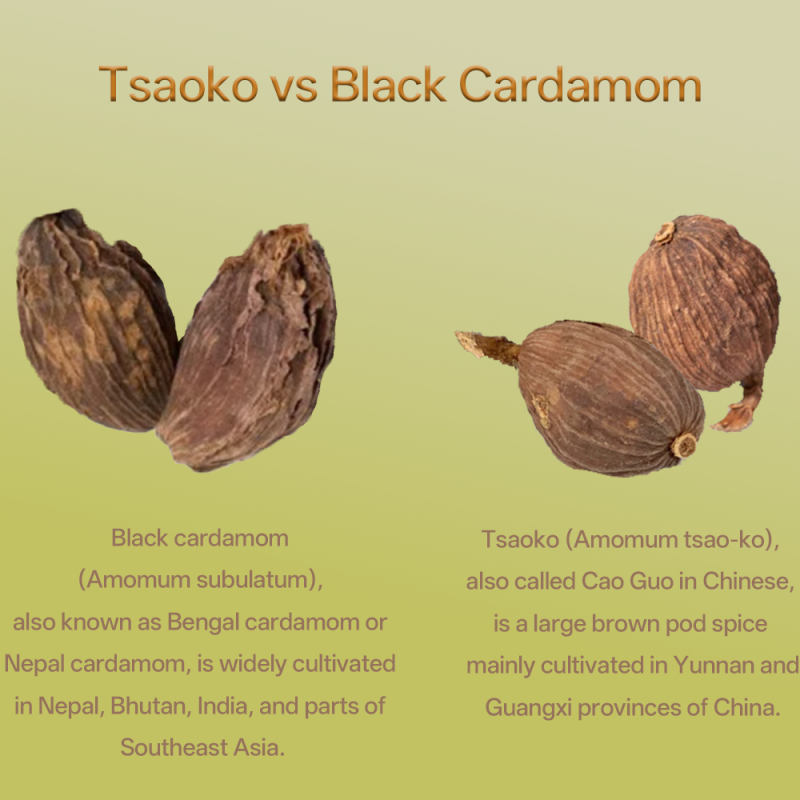
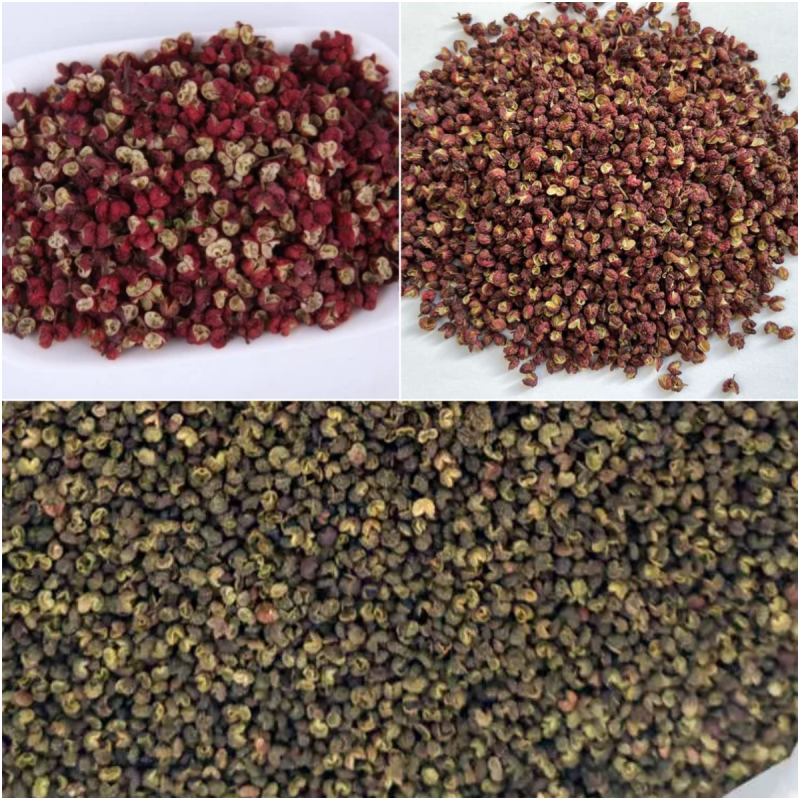
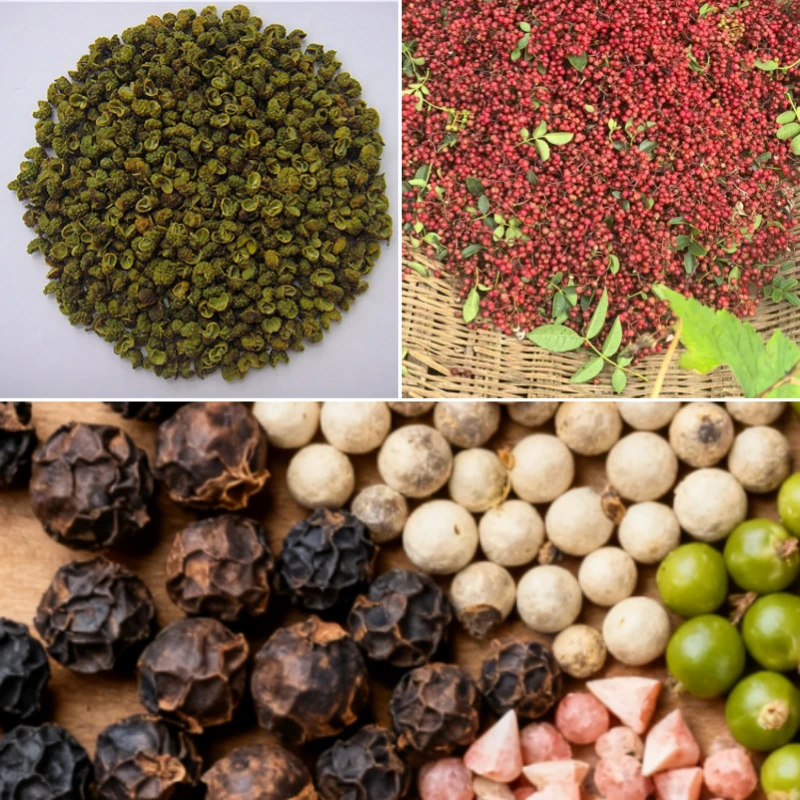
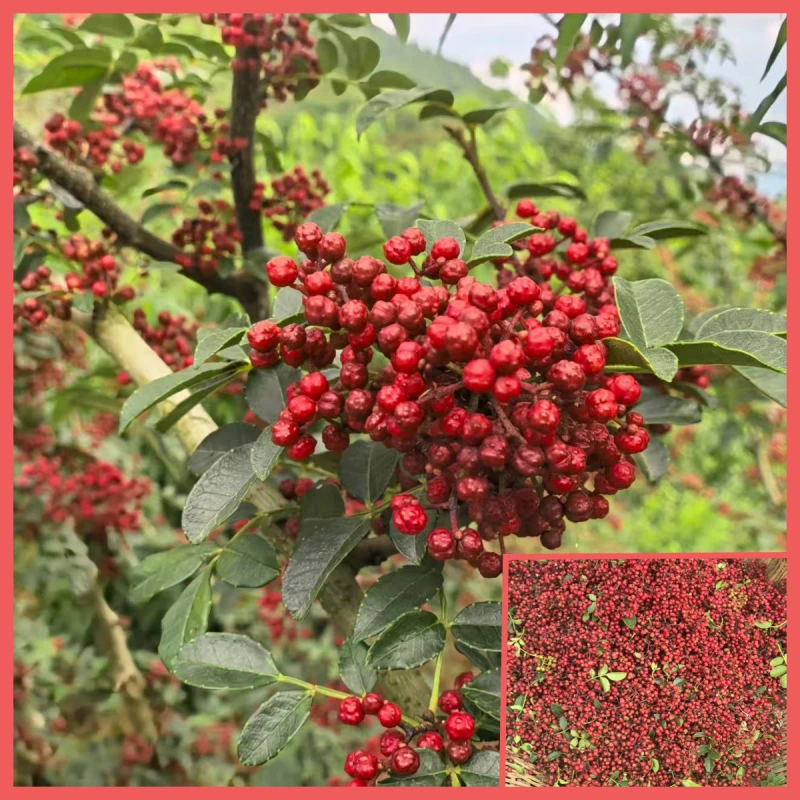
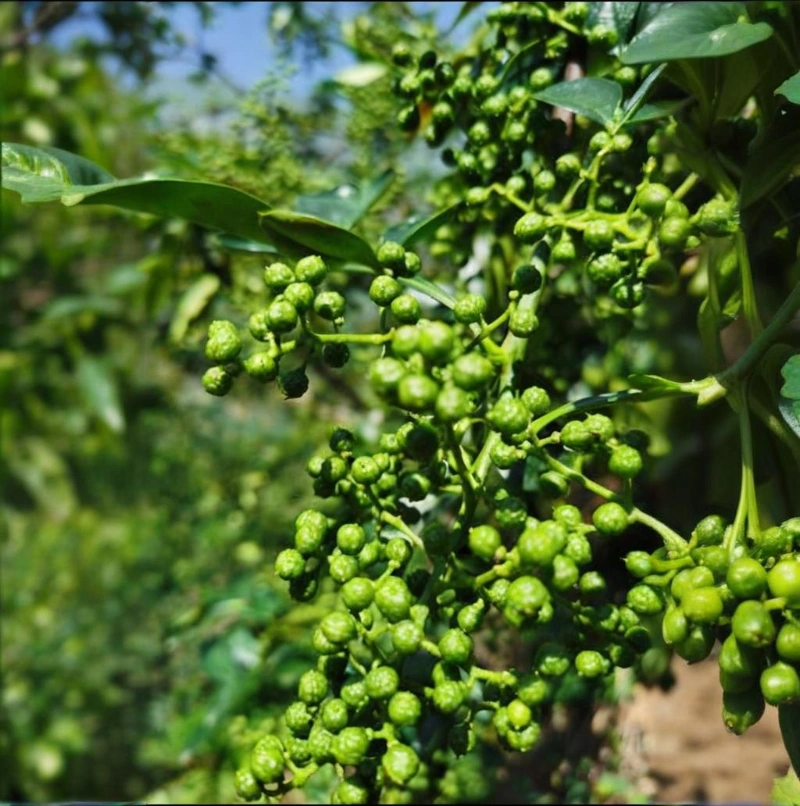
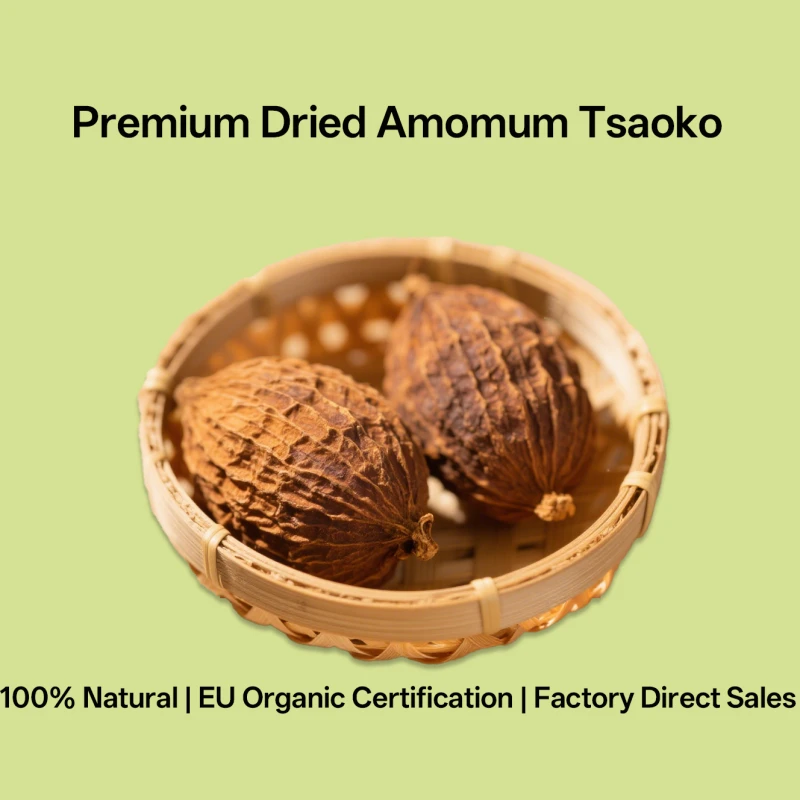
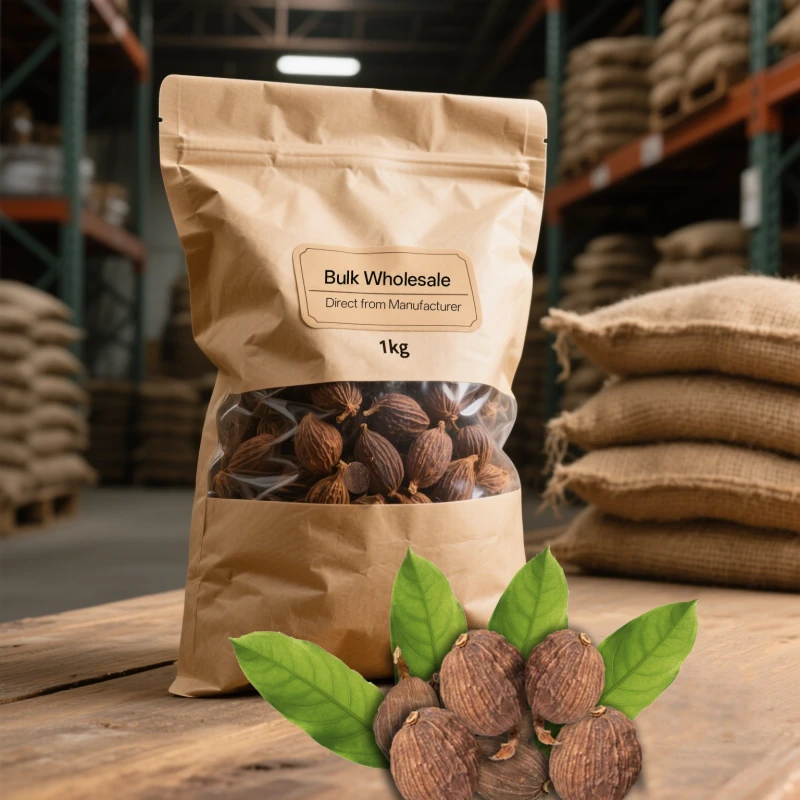
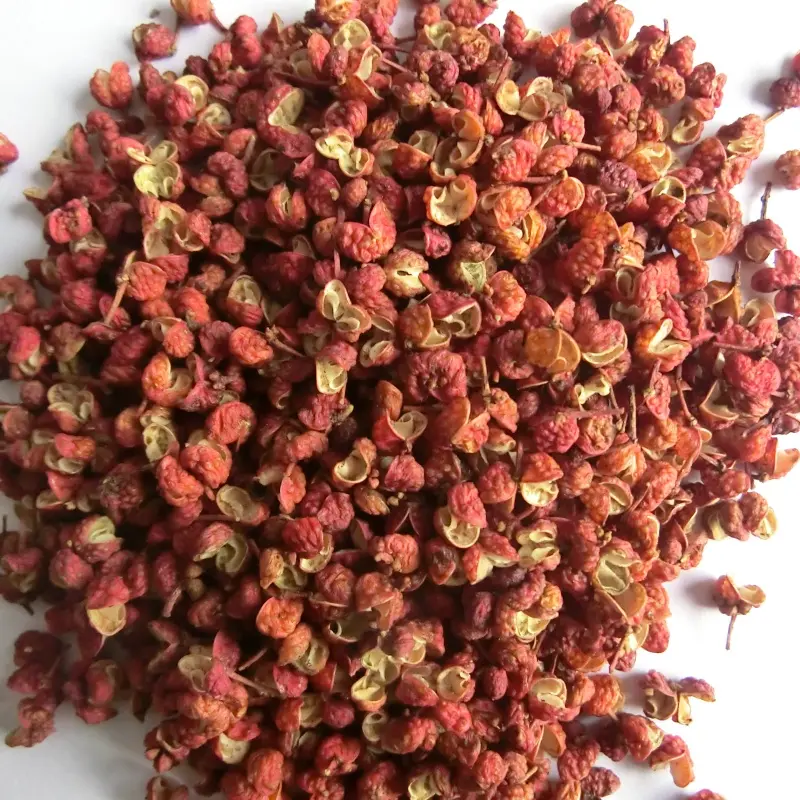
811.webp)
